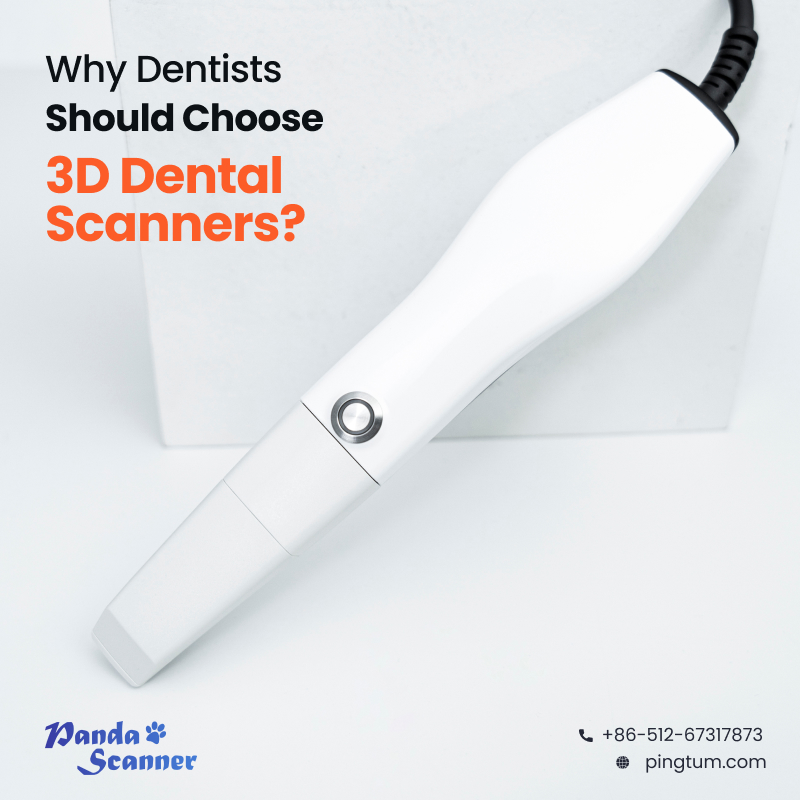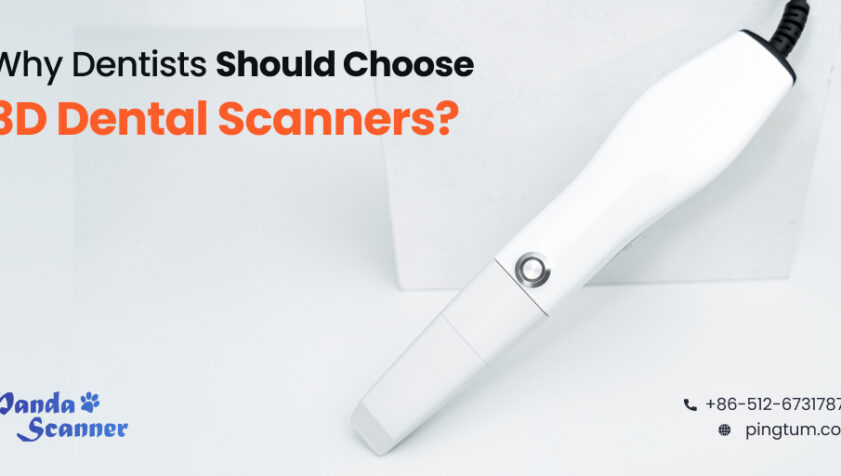Dental diagnosis accuracy, treatment planning, and patient care have all improved as a result of recent technological breakthroughs. The 3D dental scanner is one such ground-breaking invention that has completely changed how dentists take dental impressions and design dental restorations. That’s why we are here to discuss the many benefits of 3D dental scanners and provide information on why dentists ought to think about implementing them in their offices.
Enhanced Accuracy and Precision
The unmatched accuracy and precision that 3D dental scanners provide is one of the main reasons why dentists should select them. Traditional dental impressions frequently exhibit deformation, which causes errors in the finished restorations. This issue is solved with 3D scanners, which take incredibly accurate digital impressions of the patient’s teeth and gums. Every aspect of the oral cavity is captured by the scanner, resulting in an extremely realistic picture of the patient’s dentition.

Improved Patient Experience
Patients may experience discomfort and anxiety during dental operations, especially if conventional impression materials are employed. The goopy things may make you feel uncomfortable and make you gag. With 3D dental scanners, there is no pain involved. Patients are no longer subjected to unpleasant and untidy impressions. Instead, the scanner instantly takes a digital image, improving the patient’s whole dental experience and making it more convenient.
Besides, earlier patients had to spend a lot of time in the dentist’s chair waiting for the impression material to set. This can be exhausting and uncomfortable, especially for people who have dental anxiety or have trouble staying still for extended periods of time. The scanning procedure is swift and effective using 3D dental scanners. Since the digital impressions are taken in real-time, patients spend less time in the chair. This not only increases patient comfort but also enables dentists to schedule more patients while cutting down on wait times.
Better Time Management
In a dental office, time is of the essence, and 3D dental scanners drastically shorten the duration of numerous procedures. Traditional impressions sometimes require several processes, including preparing the impression material, casting the model, and transporting it to the dental lab. It can take days or even weeks to complete this procedure. As opposed to this, 3D scanners offer real-time digital imprints that may be transmitted promptly to dental laboratories or utilised for chairside milling, saving both the dentist and the patient considerable time.
Better Treatment Planning and Communication
3D dental scanners’ digital nature enables better treatment planning and greater patient communication. Dental professionals can view and work with digital models of the patient’s teeth to help with diagnostic and treatment choices. Additionally, the dental laboratory personnel may quickly access these digital models, allowing for effective communication and collaboration between the dentist and the lab. Better treatment results are the result of the workflow being streamlined by this seamless connection.
Accurate Results
The production of extremely exact dental restorations is made possible by the accuracy and precision of 3D dental scanners. Computer-aided design (CAD) and computer-aided manufacturing (CAM) procedures may be utilised with the digital impression scanner to create bespoke restorations with remarkable fit and aesthetics. In the age of digital dentistry, the use of 3D scanners enables dentists to provide restorations that adhere to the highest standards of quality, from crowns and bridges to implant-supported prostheses.
Cost-Effectiveness
Even though a 3D dental scanner’s initial cost may appear high, over time, it may end up saving you money. Over time, traditional impression supplies, shipping fees, and remakes because of errors may all add up. Dentists may save material costs, lessen the need for remakes, and streamline their workflow by utilising 3D dental scanners, which will eventually increase their practise’s profitability.
Final thoughts
The use of 3D dental scanners has completely changed the dentistry sector, benefiting patients and dentists alike in a variety of ways. These scanners have changed the way dentistry is performed in a variety of ways, including increased precision and accuracy, improved patient experiences, and time efficiency. Now dentists may give their patients better treatment, enjoy better efficiency, and stay ahead in their practises by integrating 3D dental scanners into their practises. The dentist’s dedication to providing the best results for their patients is demonstrated by their sensible choice to invest in this cutting-edge equipment.






